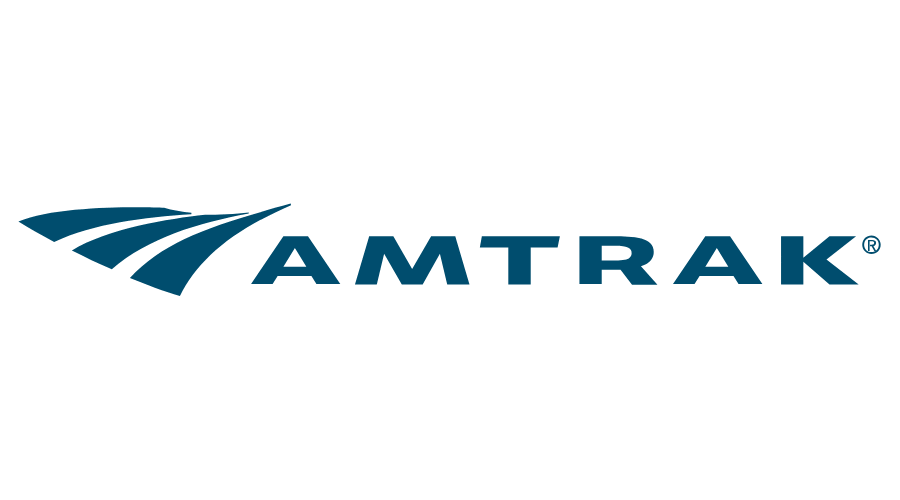Rui Tian, Qingyang Xu (Kacey), Zhining Gu(Emily)
Travel should be accessible to everyone. But for many people with disabilities, poorly designed websites create real challenges. During our accessibility evaluation of the Amtrak website, we identified 3 key issues that affect usability for people who rely on assistive technologies, have visual or cognitive impairments, and simply want a more intuitive and smooth user experience.
Amtrak is one of the most widely used rail services in the U.S., it serves over 30 million passengers annually. Amtrak’s digital experience plays a crucial role in enabling access to transportation with its large customer base, including tourists, young passengers, seniors, and people with disabilities. As travel and rail services became more popular, ensuring that Amtrak’s website is accessible and inclusive to everyone is a best practice. Our study aimed to evaluate Amtrak’s website accessibility and usability barriers, particular focus on how well it supports users with disabilities. We used WCAG as our guidelines, along with cognitive walkthroughs to simulate user experiences. We intended to identify key problem areas and propose solutions. We break down 3 specific problems we found, explain why they matter, and suggest practical solutions that could make the Amtrak site more accessible for everyone.
Problem 1: Missing Alternative Text on Images
Many images across the website, including buttons and decorative spacer images, are missing alternative text. For users who rely on screen readers, this means the image content or function isn’t communicated at all. For example, visually impaired users would not be able to know if an icon is clickable or what an image is meant to represent.
In some cases, images that serve as layout spacers still require a null alt attribute (alt = “ “) to signal to screen readers that they can be skipped. Without this, users may hear vague or redundant announcements like “image” repeatedly, which disrupts their navigation and understanding of the website.
Solution Suggestion for Problem 1:
- Add Descriptive Alt Text for meaningful images, such as icons, buttons, or informational graphics.
- Use alt = “ “ for decorative images so screen readers can skip them and reduce noise.
Problem 2: Key Issues with Error States
Amtrak’s website’s lack of clear error states when users mistype station names is a critical accessibility and usability flaw, disproportionately impacting travelers with disabilities. This issue exacerbates existing barriers and creates risks of incorrect bookings, confusion, and frustration.
Solution Suggestion for Problem 2:
- Implement Autocomplete with Suggestions: Use APIs to suggest stations as users type (e.g., Google Places-like functionality).
- Provide Clear, Accessible Error Messages: Example: “No station named ‘Santa Barbara’ found. Did you mean Santa Barbara (SBA)?”
- Add Visual and Auditory Feedback: Use icons, color contrast, and ARIA labels to highlight errors.
Problem 3:To be improved Location
Amtrak’s website uses clear headings, but it doesn’t have a sitemap or breadcrumbs to show where you are on the site. This makes it hard for users to know how a page fits into the whole site, especially if they land deep inside a section. Without these tools, people have to keep going back to the top menu to figure things out, which is confusing and time-consuming. It also causes problems for people using screen readers or keyboards, who rely on clear structure to move around. Adding breadcrumbs and a sitemap would help all users understand where they are, make the site easier to use, and improve accessibility for everyone.
Solution Suggestion for Problem 3:location on the site.

- Add a breadcrumb trail: This shows users where they are on the site, like “Home › Tickets › Modify Reservation,” helping them understand the site’s structure and navigate back easily.
- Create an HTML sitemap: A sitemap lists all the pages on the site in one place, usually linked at the bottom, so users can quickly find what they need without using search.
- Highlight the current menu item: Although Amtrak already has this on some pages, it’s not applied to all the pages. When someone is on a page, the main menu should clearly show which section they’re in, making it easier to know their location on the site.
Accessibility isn’t just a technical requirement, it is about making sure everyone can plan a trip, get info, and move through a website without barriers. The 3 issues we explored are fixable with web practices. By addressing these accessibility gaps, Amtrak has a chance to improve usability for millions of customers. A more inclusive digital experience means a better, smoother, and more human experience for all.
Appendix
A. WCAG Evaluation – Google Sheets
This form was used to systematically assess Amtrak’s website against selected WCAG 2.1 success criteria.
Evaluators recorded accessibility violations across multiple pages, specifying the method used (e.g., WAVE, manual inspection) and describing the real-world impact of each failure.
Link: WCAG Evaluation Form (Google Sheets)
B. Cognitive Walkthrough – Google Sheets
A structured walkthrough conducted using the persona “Ron”, representing an older adult with visual, auditory, and motor impairments.
Each step in the task flow was evaluated using heuristic questions focused on clarity, discoverability, error prevention, memory load, and user support.
